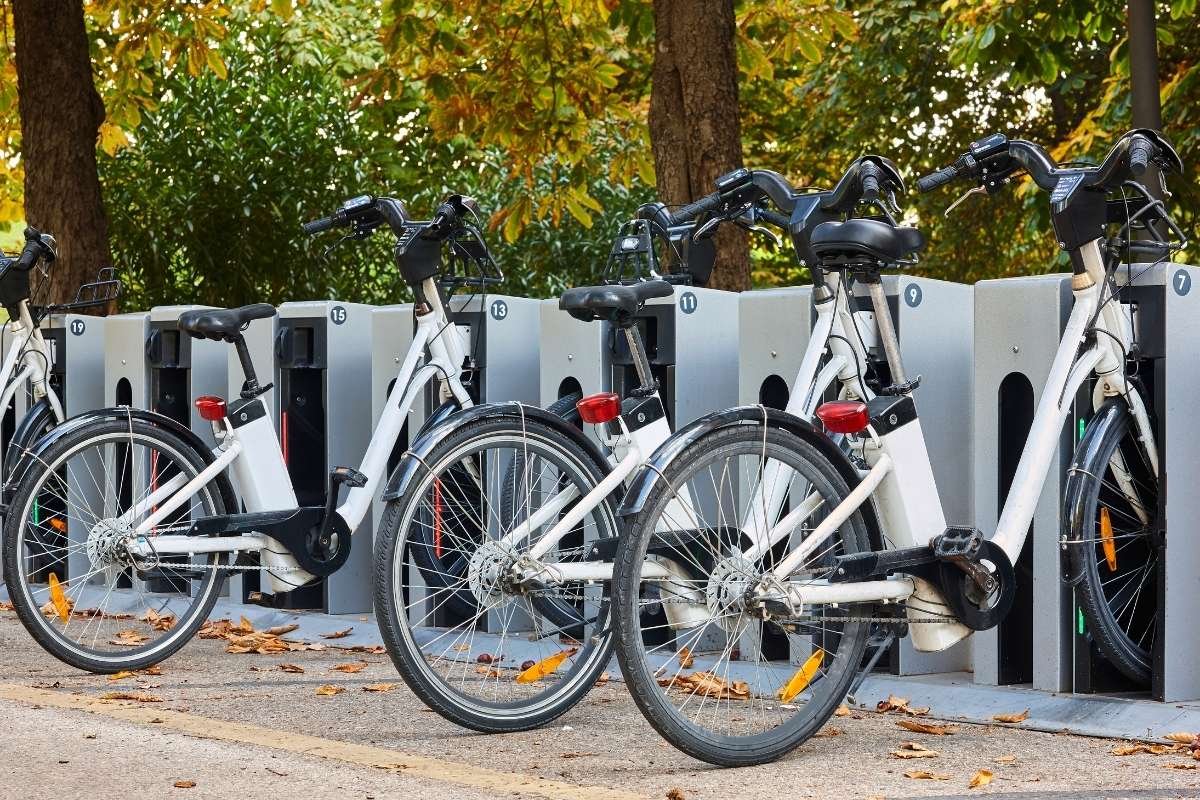Nothing snaps a dinner routine into shape faster than a microwave oven. With just a button, you can thaw frozen vegetables, reheat last night’s curry, or pop popcorn in under two minutes. That’s why so many kitchens can’t live without it. But fast, easy cooking raises long-standing questions: Is it safe? Does it zap nutrients or make food unhealthy? Can it leak radiation or pose hidden risks?
In 2025, we’re smarter about what microwaves do and don’t do. Scientists continue to affirm that properly used microwave ovens don’t make your food radioactive or cause cancer. We also know they retain more nutrients, like vitamin C and folate, than boiling, since cooking with less water and for shorter times reduces nutrient loss.
Still, they’re not flawless. Uneven heating may leave cold spots that don’t kill bacteria. Using the wrong containers can cause chemical reactions. Steam or superheated liquids can surprise you with burns. Yet today’s convection, inverter, or grill-capable combos tackle many of those issues, giving crispy results or even warming through thick casseroles evenly.
What Is it and How Does it Work?
A microwave oven uses invisible waves, called microwaves, to heat food fast.
- A magnetron component emits electromagnetic waves around 2.45 GHz—special energy designed to excite (vibrate) water molecules in food.
- These waves bounce naturally inside the metal-lined cavity, penetrating the food a little (about a centimeter) and heating the outer layers first. That heat then spreads by conduction inward.
- A turntable or waveguide stirrer keeps the cooking even. When done, the energy disappears—nothing stays inside the dish.
Types of Microwave Ovens
Here’s a detailed breakdown of styles you can get in 2025:
1. Solo (Basic) Microwave
This is the everyday countertop workhorse. It is ideal for reheating leftovers, thawing, or simple cooking. It’s basic—easy to operate, and affordable. Perfect for dorms, offices, or kitchens where you need the basics.
2. Grill Microwave
Adds a heating coil on top. This lets you brown cheese, grill veggies, or crisp a sandwich. Great if you want a bit more texture, without upgrading to a convection unit.
3. Convection Microwave
Mixes microwave energy with a heating element and fan. You can bake muffins, roast chicken, or crisp pizza alongside quick reheating. It combines an oven, grill, and microwave. Many modern kitchens value them for pushing culinary versatility.
4. Inverter Microwave
It uses innovative electronics instead of power cycling at full strength. It provides steady low or mid-level power—gentler defrosting, no overcooked edges, and even heating across the food.
5. Combo Models (Air-fry / Steam / Toaster-oven)
The latest wave of 2025 models includes hybrid functionality—combining microwave, convection, air-fry, and even steam. Fixed thick lasagna or air-fried nuggets are no trouble for someone wanting one appliance to rule them all.
Key Features to Look For
Picking a microwave oven now includes more than just checking wattage:
1. Power Levels & Inverter Tech
Multiple power settings mean you can simmer or melt without scorching. With inverter tech, you can gently warm chocolate or defrost meat evenly without the edges cooking first.
2. Sensor Cooking
The oven detects steam and moisture to adjust power/time automatically—less guesswork for beans, rice, or soups that tend to boil over.
3. Convection & Grill Functions
These are essential if you bake, roast, or want to brown. Look for crisp trays and built-in hot air circulation.
4. Preset Modes
Popcorn, potato, pizza, butter-softening—these presets make it foolproof—no math on time/power.
5. Safety Features
Door seals, child locks, beep volume control, and auto shut-off. These reduce radiation leakage, stop accidents, and help with user comfort.
6. Interior Finish
Ceramic or stainless steel interiors resist stains, bacteria, and scratches. They also clean more easily and handle heat better.
7. Size & Wattage
From compact 700–900 W for small kitchens to 1,000–1,250 W for significant family needs. Match the size to your dishware and space. Oversized models might require trim kits or special shelving.
Benefits of Microwave Ovens
➤ Fast Cooking & Reheating
A microwave oven works almost instantly, with no preheating and no waiting. Soup, sauces, and frozen items heat up in 1–3 minutes. This saves both time and energy compared to stovetops or ovens.
➤ Energy Efficient
Since microwaves only heat food, not empty boxes, they’re more energy-efficient. With 50–65% energy conversion efficiency, they beat many stovetops—which run at 40–60%—and traditional ovens that waste energy warming the entire chamber.
➤ Nutrient Preservation
Shorter cooking times and minimal water result in fewer nutrients lost. For example, microwave-cooked spinach can retain nearly all folate, while boiling may destroy up to 77%.
➤ Safe, Non‑Ionizing Radiation
Microwaves use low-energy waves—they warm, not damage. There’s no ionizing effect that changes molecules or DNA. Major health groups say if you use them correctly, they don’t cause cancer or radiation damage.
➤ Multi‑Function Versatility
Today’s combo units can defrost, reheat, bake, roast, grill, air-fry, or steam. One microwave oven in 2025 can do what multiple devices did decades ago.
➤ Easy Cleanup
Ceramic interiors wipe clean fast. Many turntables and trays are dishwasher safe—no serious scrubbing needed.
Adverse Effects & Risks
1. Uneven Heating & Food-Safety Hazard
Microwaves don’t penetrate evenly. Edges may be scorching hot while the middle stays cold, too cold to kill bacteria. That cold-spot risk applies heavily to meats, stews, or damp food. Constantly stir, cover the food, and let it sit for a minute after heating.
2. Burns & Steam Explosions
Hot liquids like soups can “superheat” above boiling and erupt suddenly. Steam trapped under lids or in containers can spray you. Always wear vented covers and oven mittens, and let liquids rest before handling.
3. Container Safety
Metal shards can spark and spread fire, while non-certified plastics can melt or leach chemicals like BPA or phthalates. Use only microwave-safe dishes made of glass, ceramics, labeled plastics, or specific heat-proof materials.
4. Nutrient Loss When Misused
Though better than boiling, overheating—even microwaving broccoli too long or garlic excessively- can degrade vital vitamins and enzymes. To preserve nutrition, heat until warm and check the texture as you go.
5. Risk from Damaged Doors
A cracked seal may leak radiation. While rare, it can harm your eyes or skin, potentially causing burns or cataracts at high exposure levels. Check the door seal every year and avoid using dented or cracked units.
6. Lack of Crisping in Simple Models
Basic solo microwaves don’t crisp or brown food. Results come out soft or soggy unless you add a crisp tray or upgrade to grill/convection models.
Popular Brands & Models (2025)
Based on testing and reviews this year, here are the top picks you can rely on:
1. Panasonic NN‑SD975S
This large-capacity inverter convection oven is a top performer. It’s “Cyclonic Wave” spreads energy evenly to cook large dishes or frozen items without cold spots. It includes sensor presets, crisp trays, and just the right mix of settings.
2. Breville Combi Wave 3‑in‑1
A sleek, easy-to-use countertop gem that combines microwave, convection, and an air-fry function. Metal crisping plate helps toast or brown, and the door closes softly—a luxury touch reviewers love.
3. Toshiba EM131A5C‑BS
A reliable countertop model with sensor reheat, child-lock, and bright interior. It balances simplicity and function with strong heating power. Reviewers love it as a no-fuss everyday microwave that works.
4. LG NeoChef Series
It has Smart Inverter technology for steady heating and sensor cooking. Easy-to-clean interior and modern control panel. Considered the best basic microwave in LG’s lineup for 2025.
5. Samsung Combi Smart Microwave
This all-in-one includes convection, grill, air-fry, and smart-app control. While bulky, it’s ideal for small kitchens needing one appliance to do everything.
6. Sharp R1874T (OTR)
A great over-the-range convection microwave with robust features and a strong door seal. The stainless steel interior, child lock, and reliable safety features make it ideal for families.
Conclusion
The microwave oven remains one of the most valuable tools in your kitchen, even more so in 2025. It’s fast, energy-wise, and often preserves more nutrients than stovetop methods. With a modern inverter, sensor, convection, or air-fry technologies, it’s no longer a simple heating box; it’s a multifunctional cooking assistant. At the same time, safe operation means avoiding hazards: prevent uneven heating, always use microwave-safe containers, don’t overheat liquids, and okay your unit’s safety seals regularly.
If you’re shopping now, models like Panasonic NN‑SD975S, Breville Combi Wave, or Toshiba EM131A5C‑BS each bring something different depending on your preference, size, technology, or simplicity. Use your microwave oven carefully, and it will reward you with delicious, fast, and nutritious meals for years.






